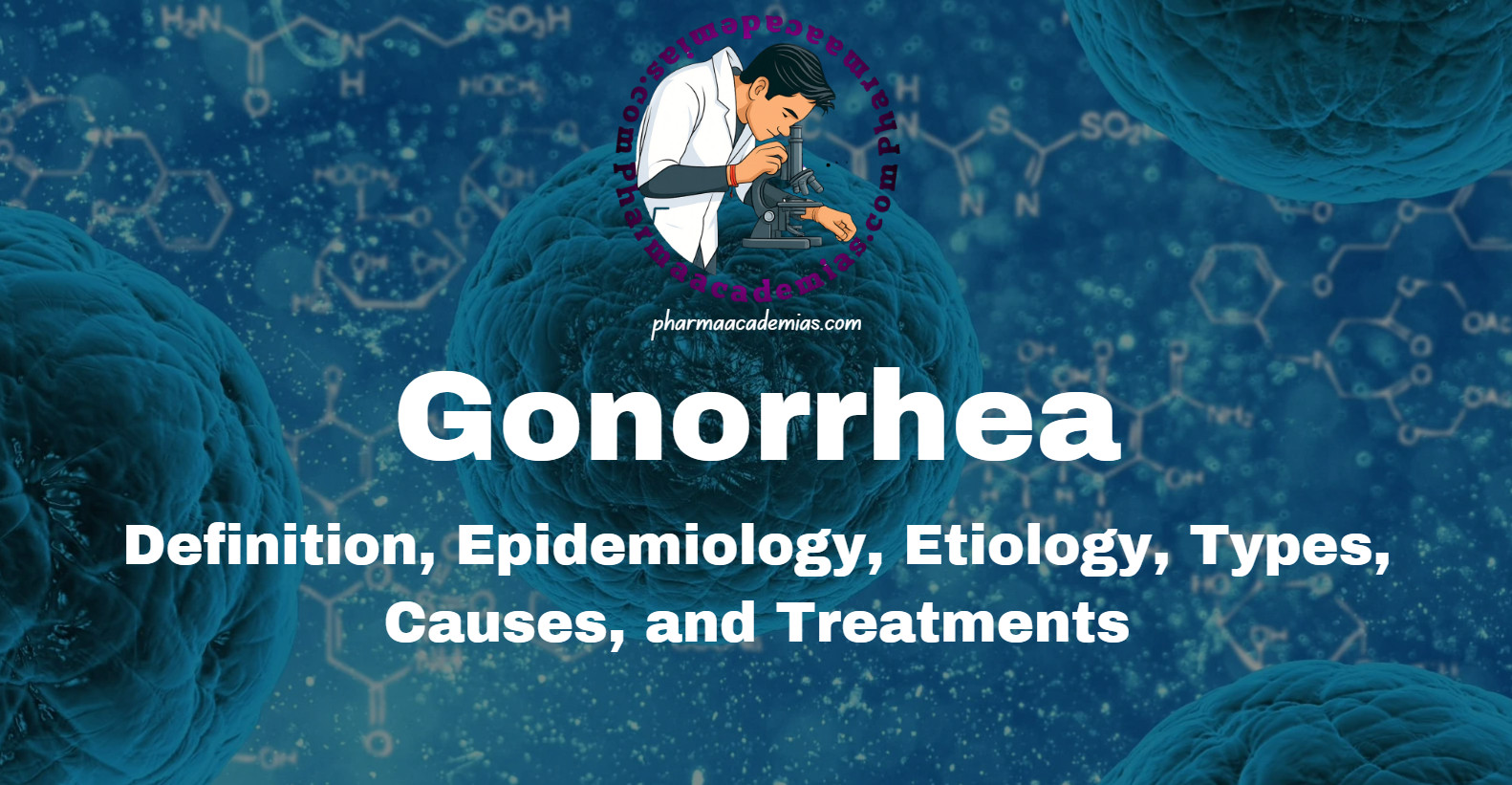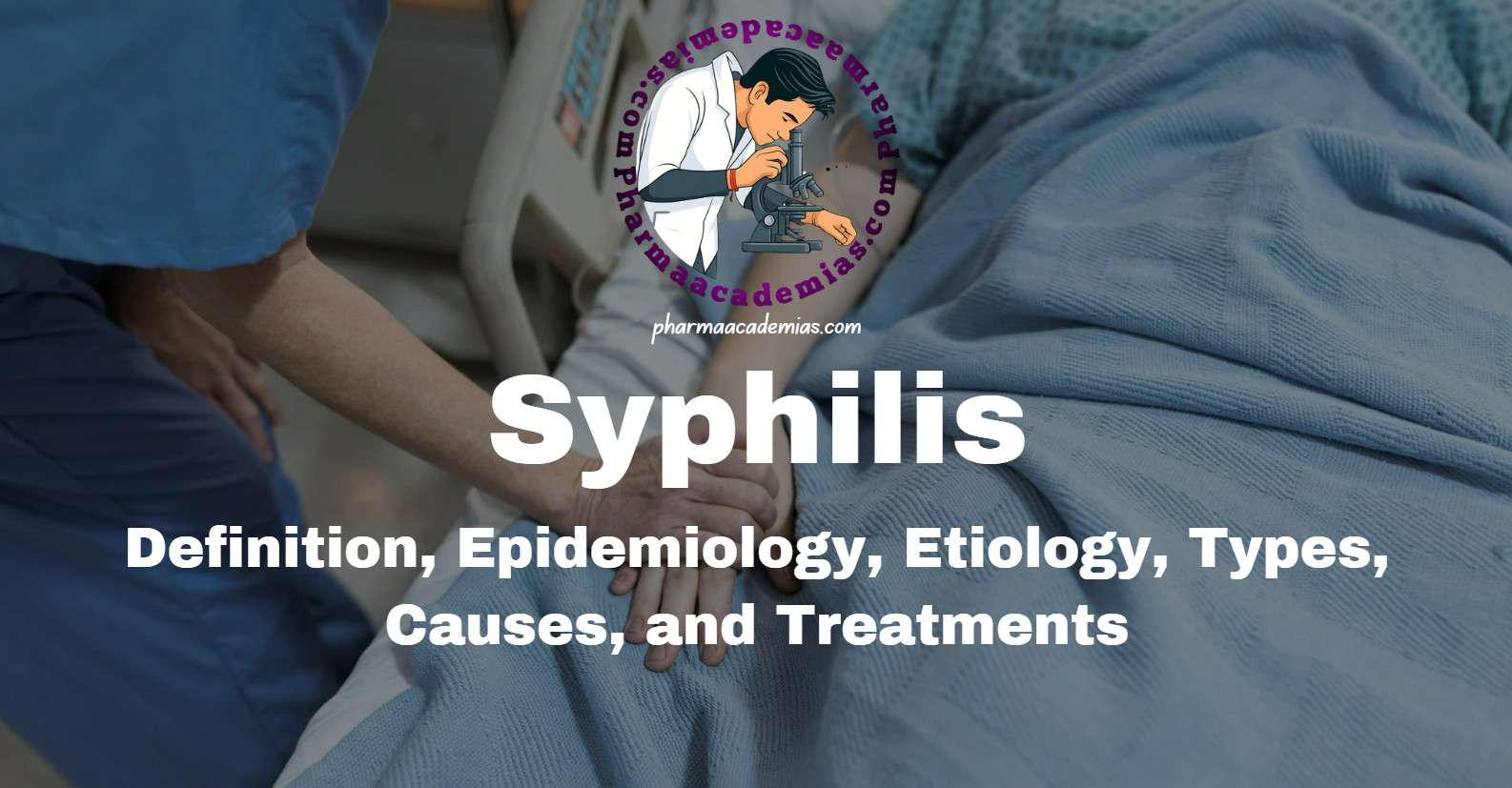Pharmaceutical Analysis – I Previous 5 Years Question Papers
Pharmaceutical Analysis – I Previous 5 Years Question Papers: Are you preparing for your Pharmaceutical Analysis – I exam and looking for the right resources to practice? Well, you’re in the right place! As we all know, solving previous year question papers is one of the best ways to understand the exam pattern, important topics, … Read more







